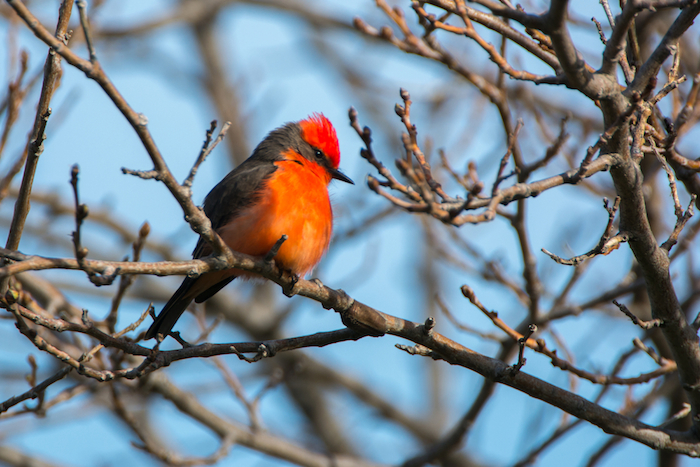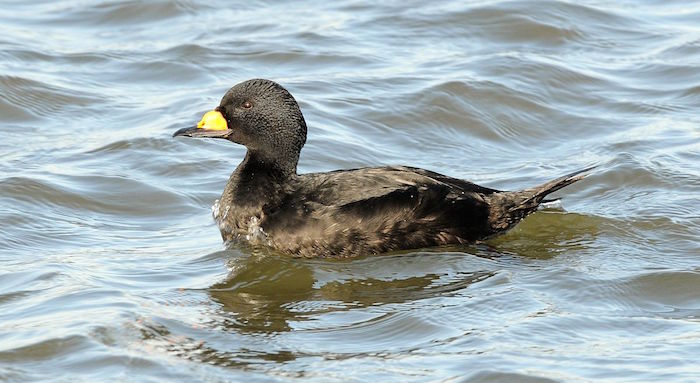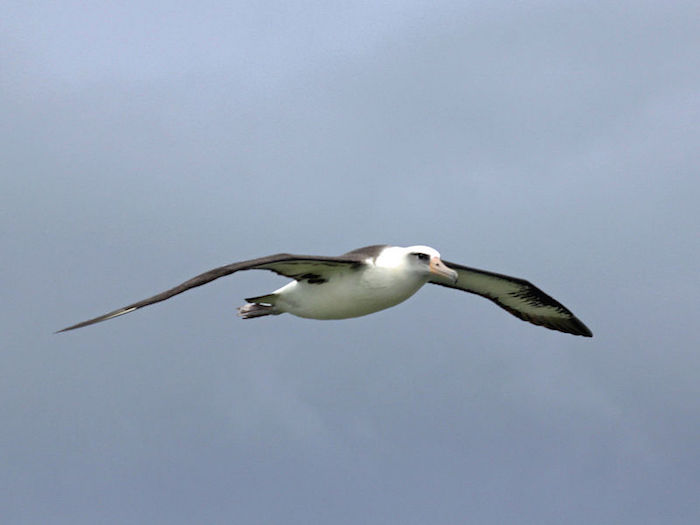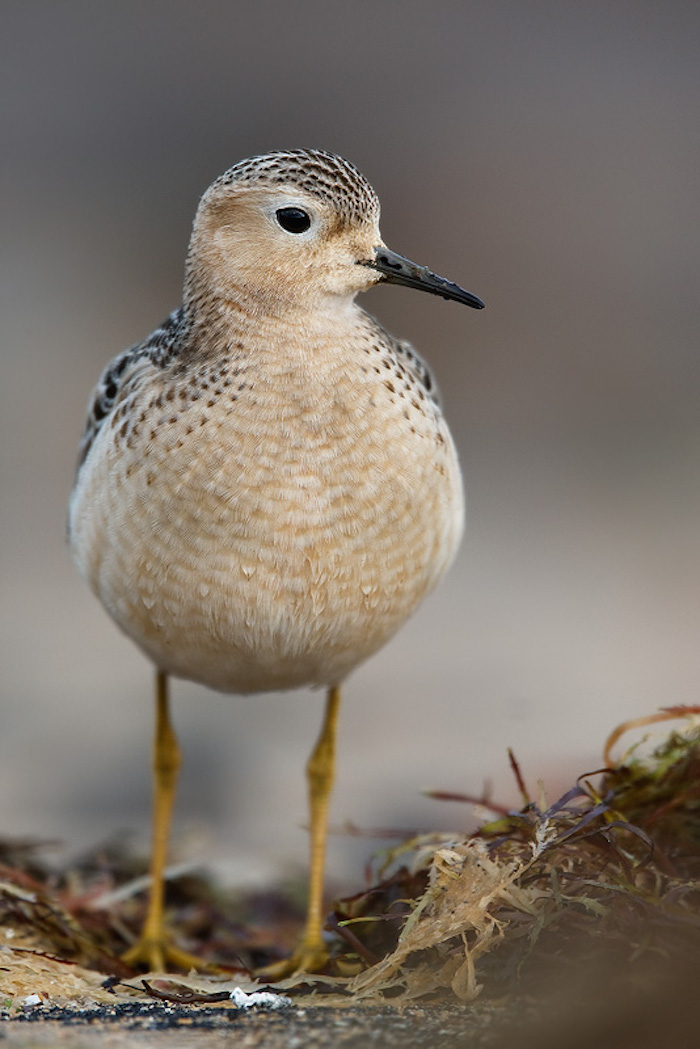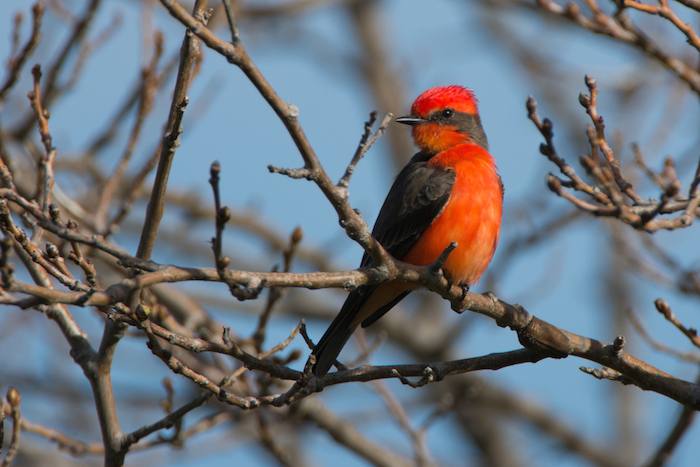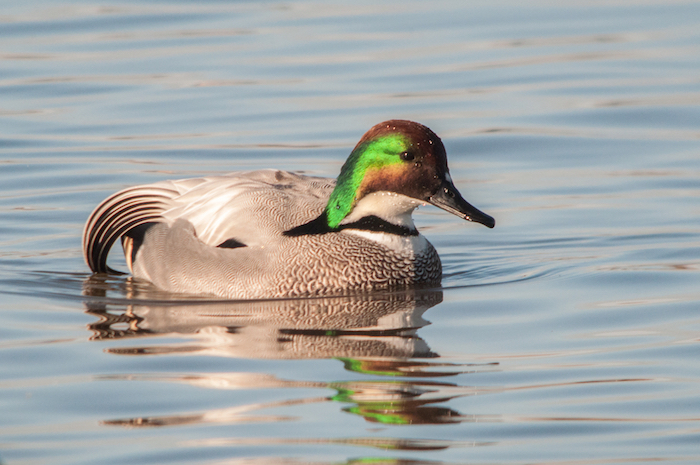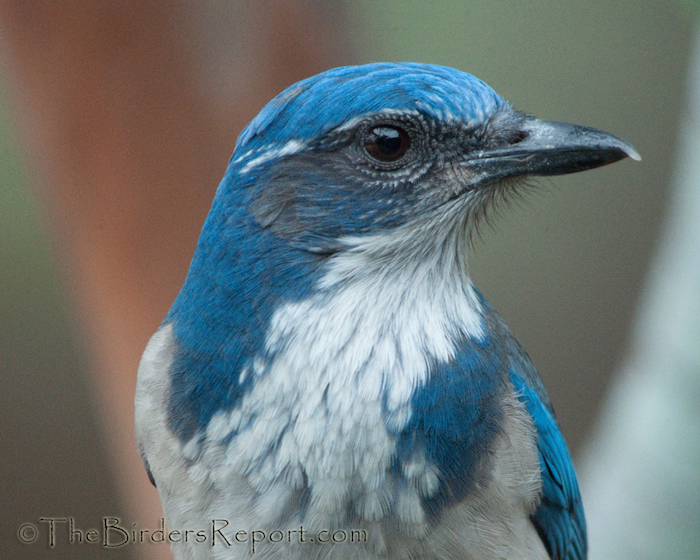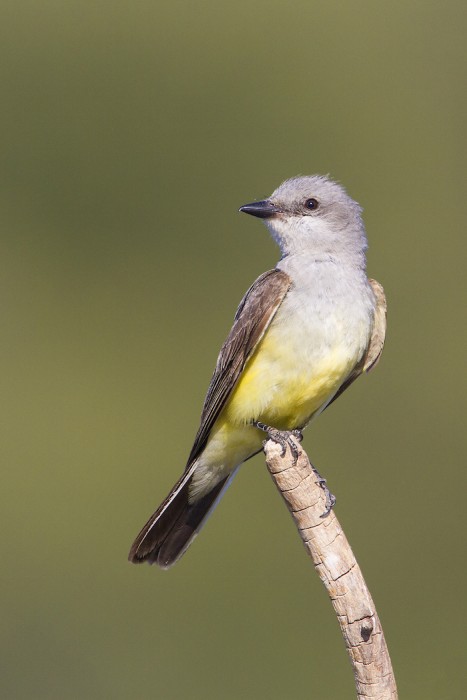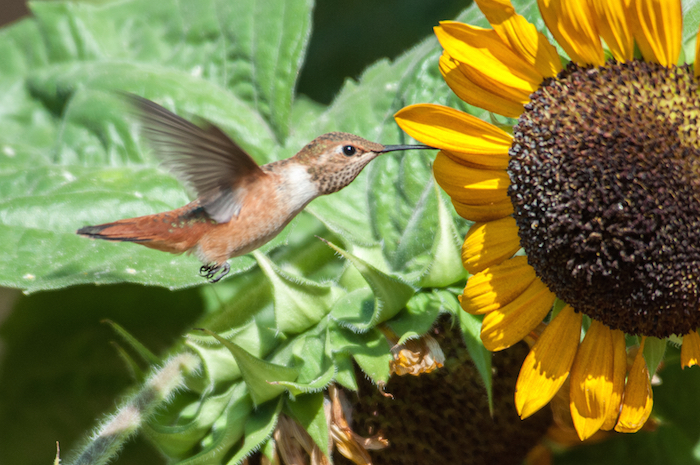
As this hummingbird refuels on sunflower nectar, her heart beats over 615 times a minute, and she take 110 breaths
Fortunately for old miners, clean air may be even more immediately important to our feathered friends than it is to us.
Like us, birds are warm-blooded. That pretty much guarantees a high rate of metabolism, the routine internal processing done by a healthy body. Cold-blooded bodies generally work slowly–the heart rate of a resting one-pound snake is about 16 beats/minute—and these animals usually become inactive in cold seasons. But warm-blooded creatures burn their food to keep active even in cold weather. Their bodies must work faster. The heart rate of a one-pound crow is 345 beats/minute, five times ours and over twenty times as much as the snake’s!
Heart beats, of course, are pushing blood to every cell in the body, carrying food and, more urgently, the oxygen that can unlock food energy and keep each cell functioning. So along with their fast heartbeats, birds breathe rapidly. That puts a premium on clean air.
As birds process the air they breathe, any toxins present can take a toll. As I drive to work I create a whole cloud of trouble. Over time, ozone and nitrogen oxides can rupture blood vessels in the lungs. Polycyclic aromatic hydrocarbons can cause DNA mutations, decrease body weight, and probably reduce egg-laying and hatching. Inhaled particulates damage lung tissue. Together, pollutants reduce red blood cells, effectively cutting the birds’ ability to process food. Further, extra carbon dioxide in the air creates climate change, altering habitats the birds need to live.
Some 20-50% of these pollutants are from vehicle emissions. Hence, the problem with me driving to work.
So what’s a person in intelligent consideration to do? One solution would be to quit work. Sometimes tempting, but fortunately there are less drastic fixes.
Not long ago it seemed reasonable to think that buying a cleaner emission car was reserved to Hollywood glitterati and Silicon Valley CEO’s. But it’s not that way now. An MIT study of ten-year costs, including purchase, fuel, and maintenance, of America’s 125 most popular vehicles showed that low-emission vehicles are often less expensive than their guzzling counterparts. Clustered at the least-expensive/least-polluting corner of the data are electric, battery-powered vehicles such as the Chevrolet Spark, Nissan Leaf, Ford Focus, Smart Fortwo, and Fiat 500E. Many of these vehicles have internal combustion versions, but with reduced fuel consumption and federal and state refunds the electric versions cost comparably or less.
And their emissions are cleaner—better already than 2030 Paris Accord goals.
Now a small car that needs recharging rather than refueling might not meet everybody’s needs. But it will meet some needs, and apparently can do so without requiring a second mortgage. The increasing options in affordable, cleaner cars may give the canaries something to sing about!


